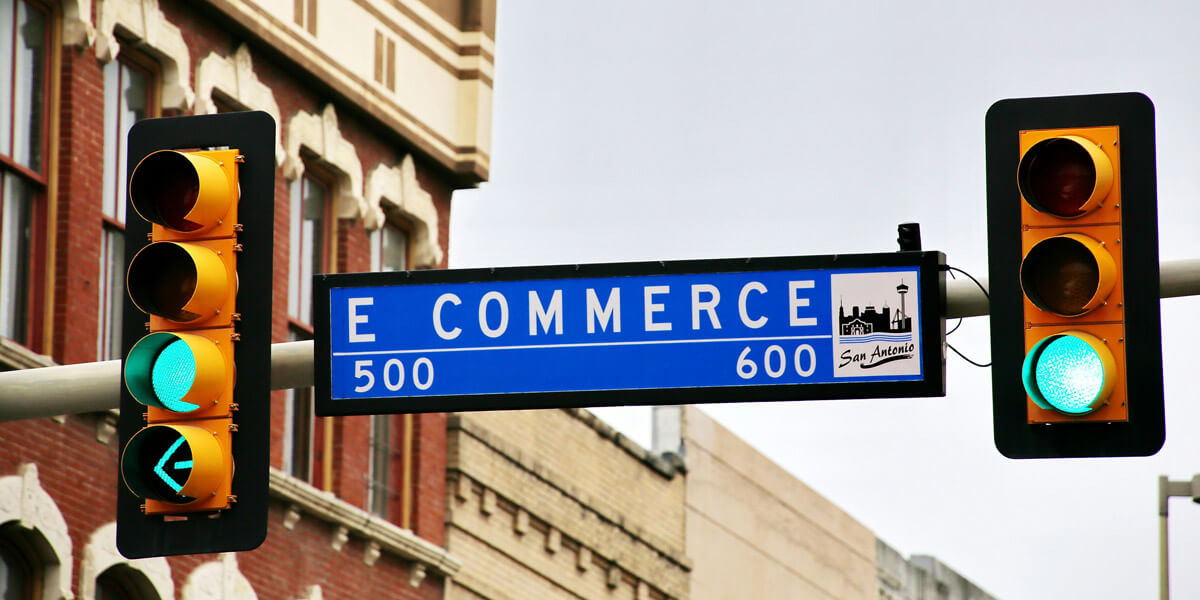As enjoyable as it is to surf the web, most users are aware that their information is at risk when they do so. What brings peace to users is that the websites they visit and interact with take the proper precautions to protect their sensitive information. Unfortunately, some businesses do not take website security seriously. This is why Google has updated their Chrome browser.
With the new update, the Chrome browser notifies users if the website they’re visiting is not secure. This change is meant to help users protect their personal data, but it’s also a big motivator to get websites more secure. Additionally, Google has publicly stated that SSL is a ranking factor. This means that another site could outrank yours simply for having SSL.
Is Your Website Secure?
If you’re unsure if your site is secure, it’s easy to check!
- If you use Google Chrome, enter your URL into the search bar. If your site is secure, a green “secure” will pop up next to the URL, along with the padlock sign. If it’s not secure, you will see “not secure” in red.
- If you don’t use Google Chrome, type in the URL and look for https://. Websites that contain the extra “s” are secure. Websites that only contain http:// are not secure.
Ways to Increase Website Security
If your website is secure, users know that they can trust you when using your site. But, you should never take a passive approach to web security. There are additional steps you can take to make your website as strong as possible.
- Secure your site with SSL. If your site is not secure, you need to start with an SSL certificate for your domain. You may need multiple certificates if you have separate domains or subdomains. SSL certificates often cost money, so expect to spend around $50 a month for each domain. If your site is already secure, you can skip this step.
- Update plugins and extensions. Hackers keep an eye on old plugins and extensions, as they make websites easy targets. Be sure to keep these updated so that you have the latest security technology.
- Use a Content Delivery Networking (CDN). A DDoS attack occurs when a hacker floods your server with traffic until it stops responding. When this happens, the hacker can gain access to sensitive data stored in your CMS. To prevent this from happening, use a CDN that keeps up with increased traffic demands.
- Use a password manager. This seems obvious, but many people choose not to use passwords or select easy passwords. Use a secure password that has uppercase letters, lowercase letters and symbols. Change it often.
You don’t have to live in fear of hacks, but you should be aware of the potential risk. This will help you make smarter decisions when it comes to website security.




